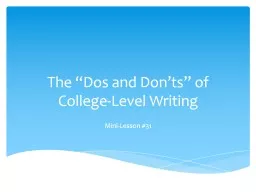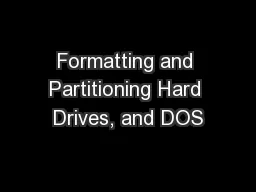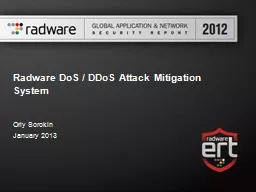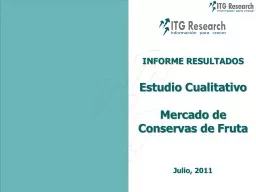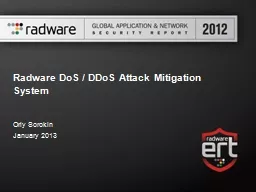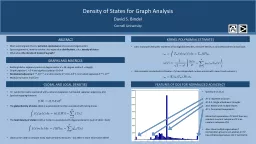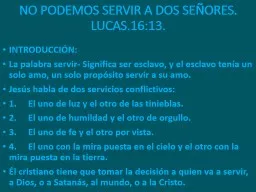PPT-The “Dos and Don’ts”
Author : pasty-toler | Published Date : 2018-02-23
of College Level Writing MiniLesson 31 The 5paragraph model does not cut it for collegelevel writing Very limiting Encourages bad habits What about the 5Paragraph
Presentation Embed Code
Download Presentation
Download Presentation The PPT/PDF document "The “Dos and Don’ts”" is the property of its rightful owner. Permission is granted to download and print the materials on this website for personal, non-commercial use only, and to display it on your personal computer provided you do not modify the materials and that you retain all copyright notices contained in the materials. By downloading content from our website, you accept the terms of this agreement.
The “Dos and Don’ts”: Transcript
Download Rules Of Document
"The “Dos and Don’ts”"The content belongs to its owner. You may download and print it for personal use, without modification, and keep all copyright notices. By downloading, you agree to these terms.
Related Documents

